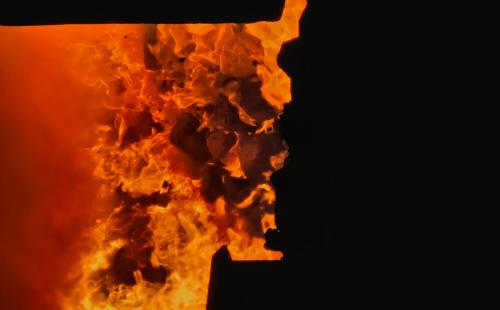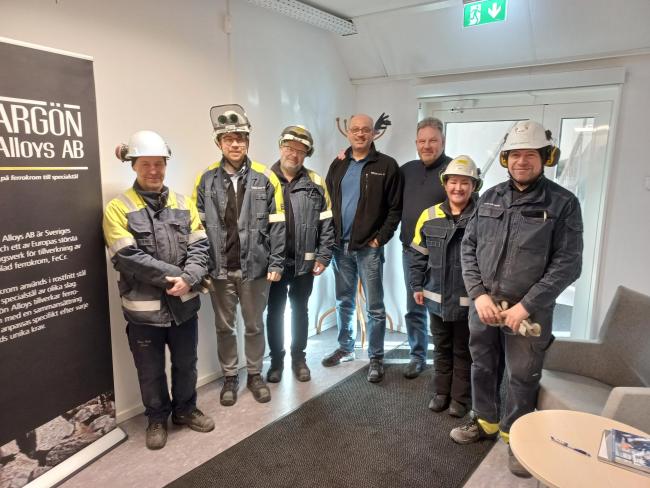Contact


A major step towards carbon neutral production of ferrochrome
For the first time, successful trials have demonstrated that biocarbon functions as a reducing agent in the production of ferrochrome (FeCr).

The alloy ferrochrome is an important component in the manufacturing of stainless steels and special steels, not least for components that are essential for the green energy transition, for example, wind turbines. There is an expressed ambition to make the production of the alloy carbon neutral; however, this is a challenge, since hydrogen cannot be used in the process.
"We see use of biocarbon as a reducing agent as the fastest means of reducing impact from our FeCr production," says Annelie Papadopoulos, head of process metallurgy and sustainability at Vargöns Alloys AB, one of Europe’s biggest producers of ferrochrome.
A research project led by Elsayed Mousa at the esteemed research institute Swerim has been underway for the past two years. As the project enters its final stage, the project manager expresses utmost satisfaction with the achieved results and extends deep appreciation to the diligent efforts of the Bio4SAF team.
"We have been able to replace about 20% of the fossil coke with biocarbon in our trials," Elsayed Mousa reports. He is very pleased with the outcome of collaboration with the research project partners, Vargön Alloys AB and biocarbon producer Envigas. The two-year project has been funded by Energimyndigheten (the Swedish Energy Agency). Annelie Papadopoulos is also pleased with the results.
"It's apparent that these trials are an important milestone on our road to carbon dioxide neutrality by 2045.
After laboratory and technical-scale trials at Swerim, the trials were scaled up considerably by using 350 tonnes of biocarbon briquettes as a reducing agent in one of the alloy furnaces at Vargöns Alloys AB. Considering the large-scale and the successful results, project manager Elsayed Mousa is confident that the method can be quickly implemented in industrial scale and that, eventually, the share of biocarbon used in production can be increased from
20%.
"In the long term, there are potential opportunities for minimizing the use of fossil-based reducing agents in the production of FeCr by incorporating biocarbon as a viable alternative."
Annelie Papadopoulos notes, however, that a threshold must be crossed.
"One challenge is access to reasonably priced biocarbon. There is currently no full-scale production facility for biocarbon, but we have contact with several stakeholders that are interested in the upscaling phase and things look promising. Within a few years we will certainly see continuous addition of biocarbon in our industrial production."
